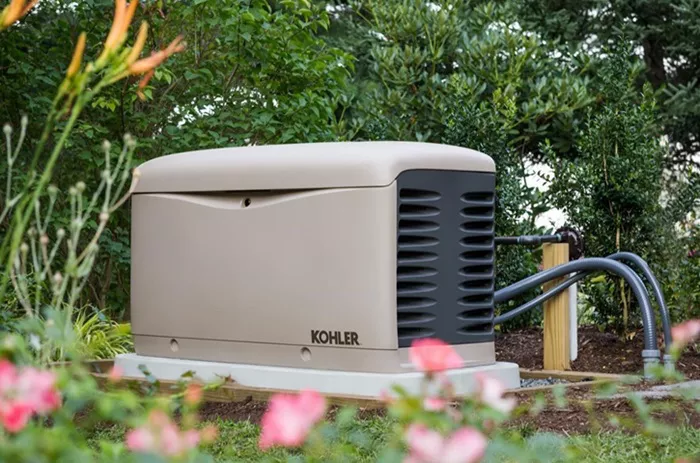Motorhome generators are essential for providing power when you’re off-grid or camping in remote areas. They ensure you have electricity for appliances, lighting, and other devices. But how exactly do they work? This article explains the mechanics, electrical principles, and different types of motorhome generators in an easy-to-understand way.
The Basics of a Motorhome Generator
A motorhome generator is a compact power station that converts fuel (usually gasoline, diesel, or propane) into electrical energy. It works similarly to a car engine but is designed to produce electricity instead of motion.
Key Components of a Generator
Engine: Burns fuel to create mechanical energy.
Alternator: Converts mechanical energy into electrical power.
Voltage Regulator: Ensures stable voltage output.
Fuel System: Supplies fuel to the engine.
Cooling & Exhaust Systems: Prevent overheating and expel fumes.
Control Panel: Allows users to start, stop, and monitor the generator.
How Electricity is Generated
Generators operate on the principle of electromagnetic induction, discovered by Michael Faraday. When a conductor (like a copper wire) moves through a magnetic field, it generates an electric current.
Step-by-Step Process
Fuel Combustion : The engine burns fuel, creating rotational force.
Rotation of the Alternator : The engine spins the alternator’s rotor inside a stator (stationary wire coils).
Magnetic Field Creation : The rotor has electromagnets that produce a moving magnetic field.
Electricity Generation : As the magnetic field passes the stator coils, it induces an alternating current (AC).
Voltage Regulation : The voltage regulator adjusts the output to a stable level (usually 120V or 240V).
Types of Motorhome Generators
There are two main types: inverter generators and conventional generators.
Conventional Generators
- Use a mechanical alternator to produce AC power.
- Run at a constant speed (usually 3600 RPM) to maintain 60Hz frequency.
- Noisier and less fuel-efficient but more affordable.
Inverter Generators
- Produce AC power, convert it to DC, then invert it back to clean AC.
- Adjust engine speed based on load, improving fuel efficiency.
- Quieter and more stable power output, ideal for sensitive electronics.
Power Output & Load Management
Motorhome generators typically range from 2,000 to 12,000 watts. Choosing the right size depends on your power needs:
2,000–3,500W: Powers lights, fridge, and small appliances.
4,000–7,000W: Runs air conditioning, microwave, and multiple devices.
8,000W+: Suitable for large RVs with high power demands.
Calculating Power Requirements
Add up the wattage of all appliances you plan to run simultaneously. For example:
Refrigerator: 600W
Air Conditioner: 1,500W
Microwave: 1,000W
Lights & Chargers: 200W
Total: 3,300W → A 4,000W generator is recommended.
Maintenance Tips for Longevity
To keep your generator running smoothly:
- Change oil regularly (every 50-100 hours of use).
- Replace air filters to prevent engine strain.
- Use fuel stabilizers if storing for long periods.
- Test monthly to ensure proper operation.
Safety Considerations
Ventilation: Never run a generator in an enclosed space (risk of carbon monoxide poisoning).
Grounding: Ensure proper grounding to avoid electrical shocks.
Overload Protection: Avoid exceeding the generator’s wattage capacity.
Conclusion
A motorhome generator works by converting fuel into electricity through electromagnetic induction. Understanding its components, power requirements, and maintenance needs helps you choose the right generator for your RV adventures. Whether you opt for a conventional or inverter model, proper care ensures reliable power wherever you travel. By following these guidelines, you can enjoy off-grid camping without sacrificing modern comforts. Safe travels and happy camping!

